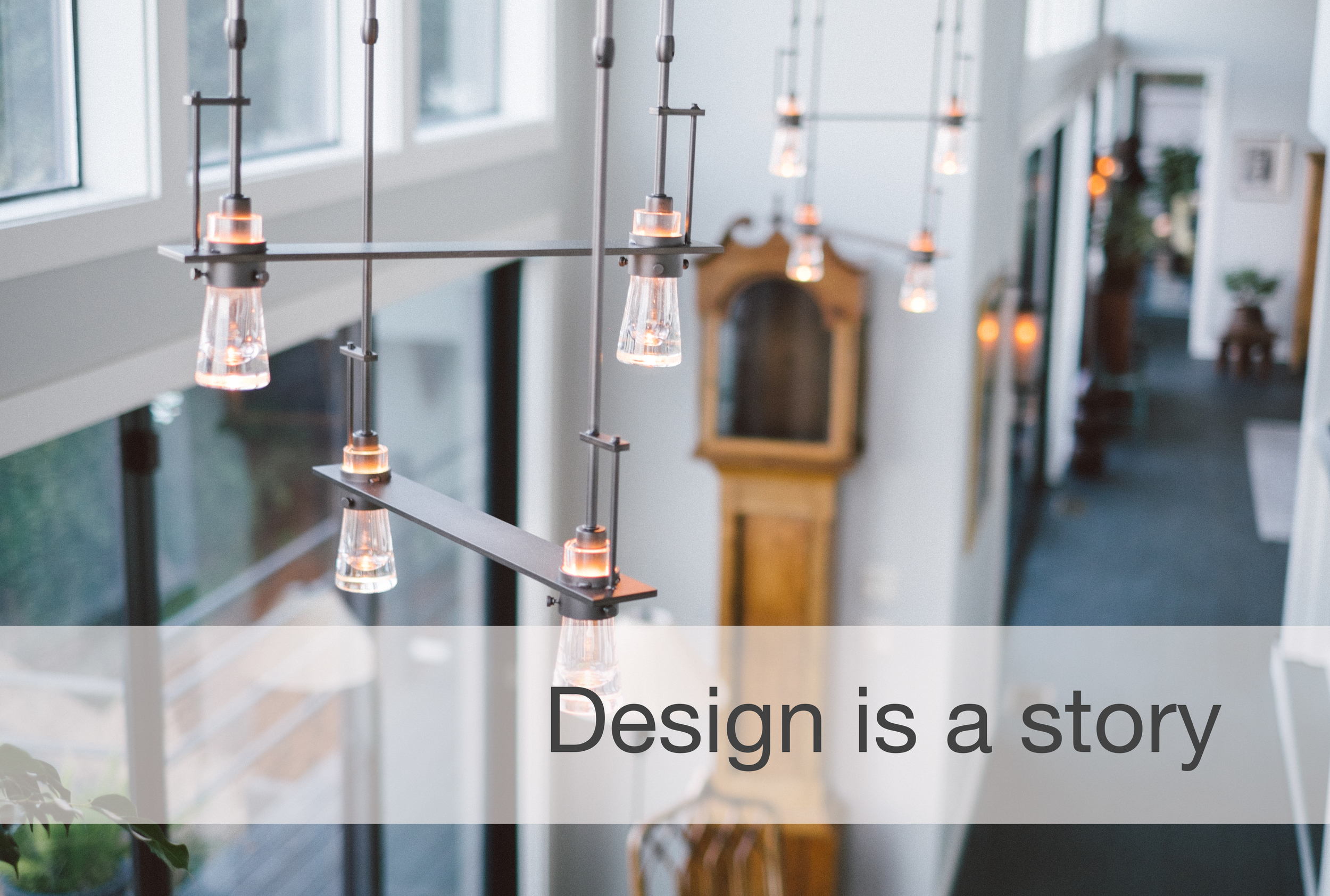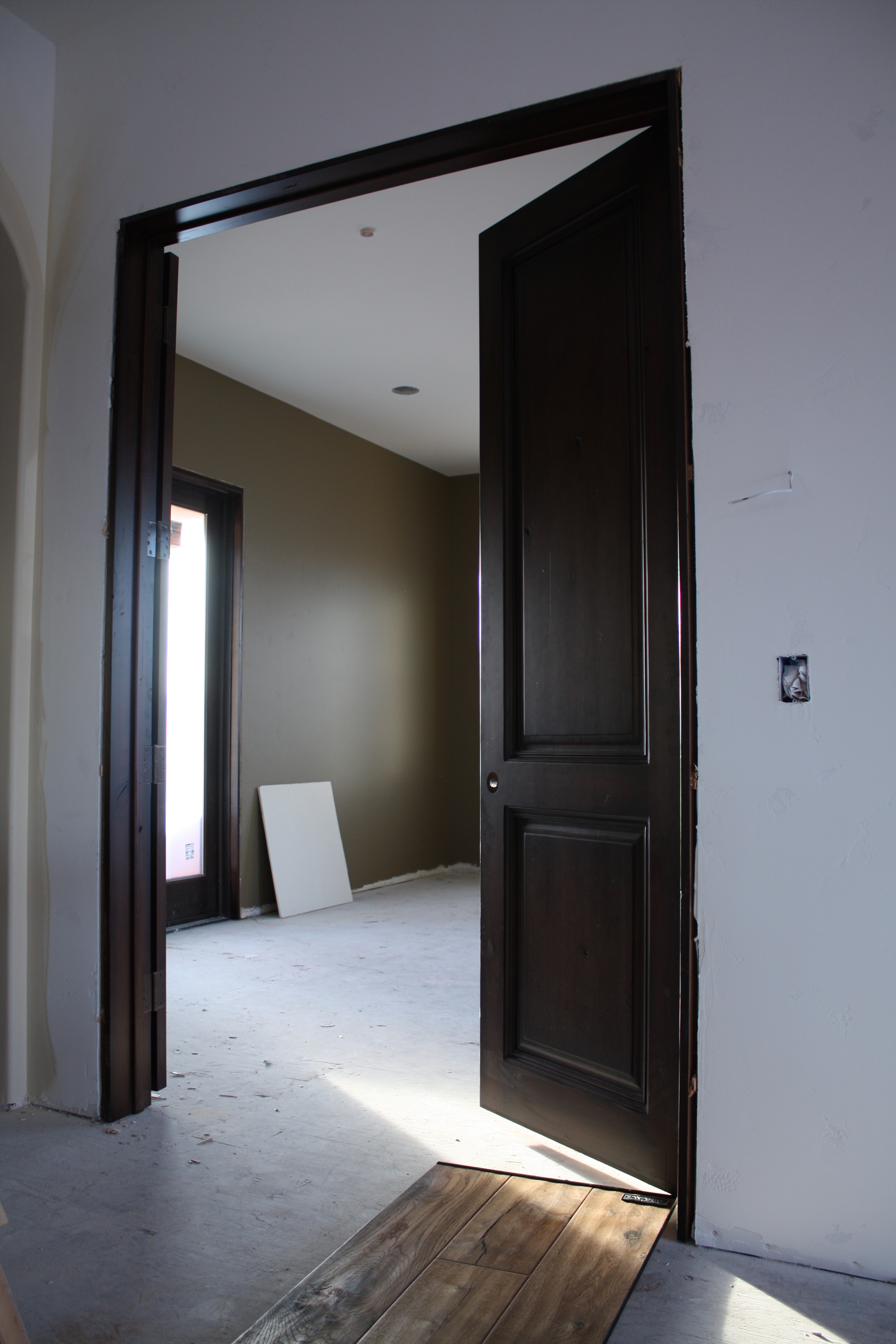Research can be time consuming and honestly a little exhausting. Looking through a stack of magazines the height of your home, pinning every possible idea on dozens of boards on pinterest and cramming your idea book full of great ideas on houzz.com has put you in a good place to move forward with a home designer. Before you make the jump to meeting with a designer, here are a couple steps to consider. Do these and your meetings will be much more fruitful.
Know the Scope of Your Project
You will need some help here eventually when you find a home designer, but getting a head start thinking about it can set you on the right track. We'll make it easy for you to wrap your head around this concept. Here are three aspects of your project scope that you should sit and make notes on before moving forward:
- What spaces do you want to focus on when remodeling?
- How will you address the spaces that are in relation to the spaces you will remodel?
- Are you going to need a full remodel of these spaces or do you want a simple face lift?
If you are only remodeling one space during this project, thinking about the spaces that relate to it is very important. We meet with clients all the time that have a hard time finding a place to stop remodeling. For example, if you are working on a kitchen remodel, when you are finished will it make your great room that is attached looked outdated? Is it better to remodel both rooms at once? If you are stuck, it is okay. Your designer will help you sort it out. But just being aware of a possible issue here, can help to move the process of designing forward more smoothly.
Define Your Style
After conducting your research you should have enough ideas to define your sense of style for the planned space. All of the ideas you have gathered should point to one particular direction of style and will help you feel more comfortable when making decisions in the design phase. Having a good sense of your style will also help your designer get to know you better on the front end. If you show up with a book full of ideas, they will be able to look at everything, hear your story and transition much quicker in working with you. A good home designer has looked over many idea books and helped many clients with different styles go from ideas to implementation. A good home designer will be able to put the pieces of the puzzle together pretty quickly with your help on the front end.
As you work on defining your style, keep these points in mind:
- Think about color schemes
- What kind of materials do you want to use or not use?
This little bit of extra work will be worth it when you move to the next step. Of course, after this, you will probably run into some issues of not knowing what questions to ask to pull it all together. That is the role of the home designer. You've done your part, now let the designer help you take it the rest of the way.




